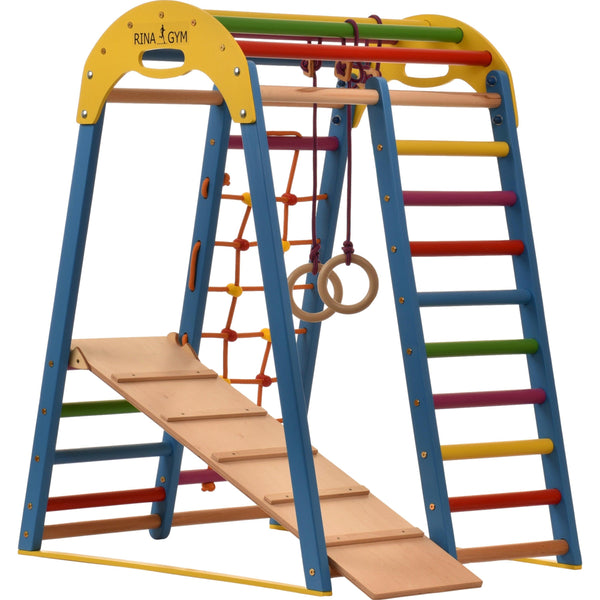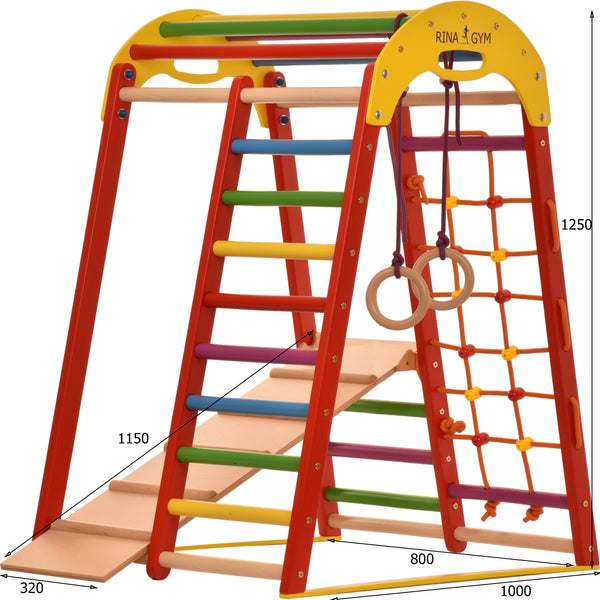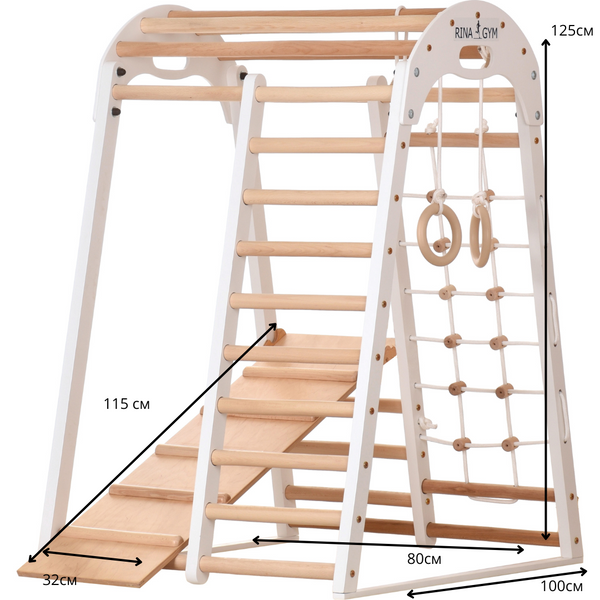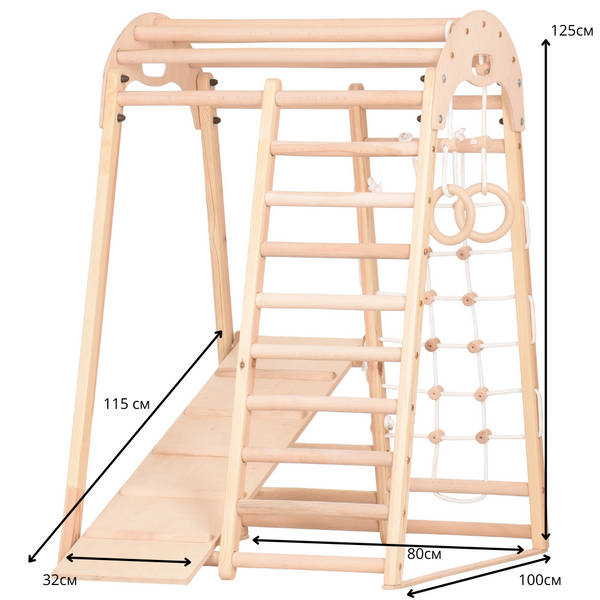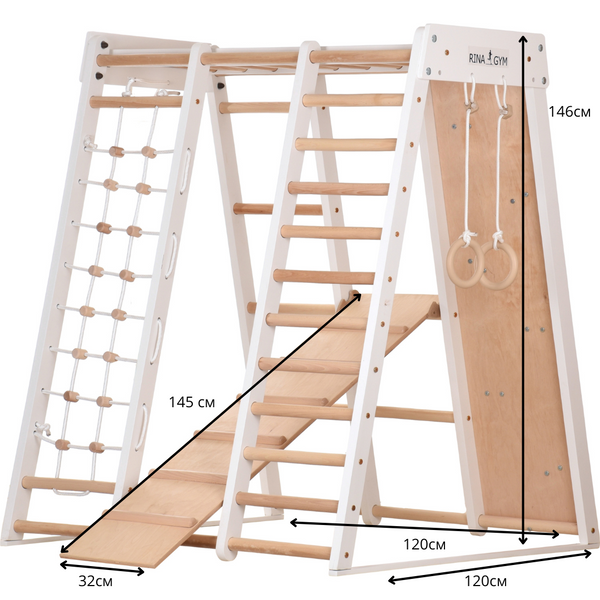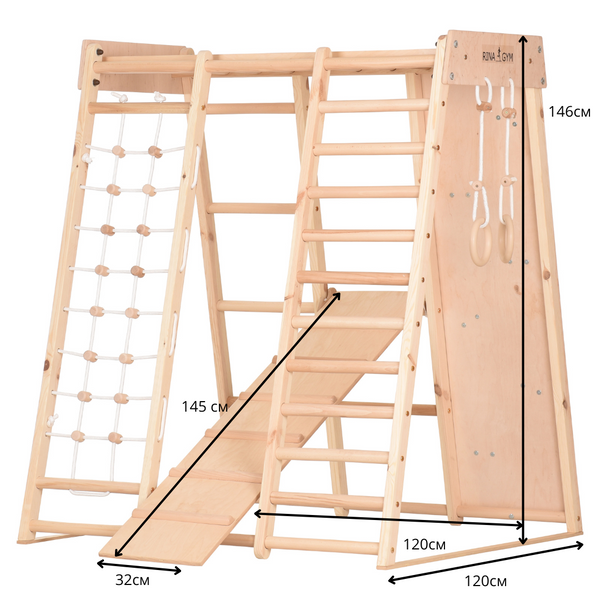Natural & sustainable: Which wood is best suited for indoor use?
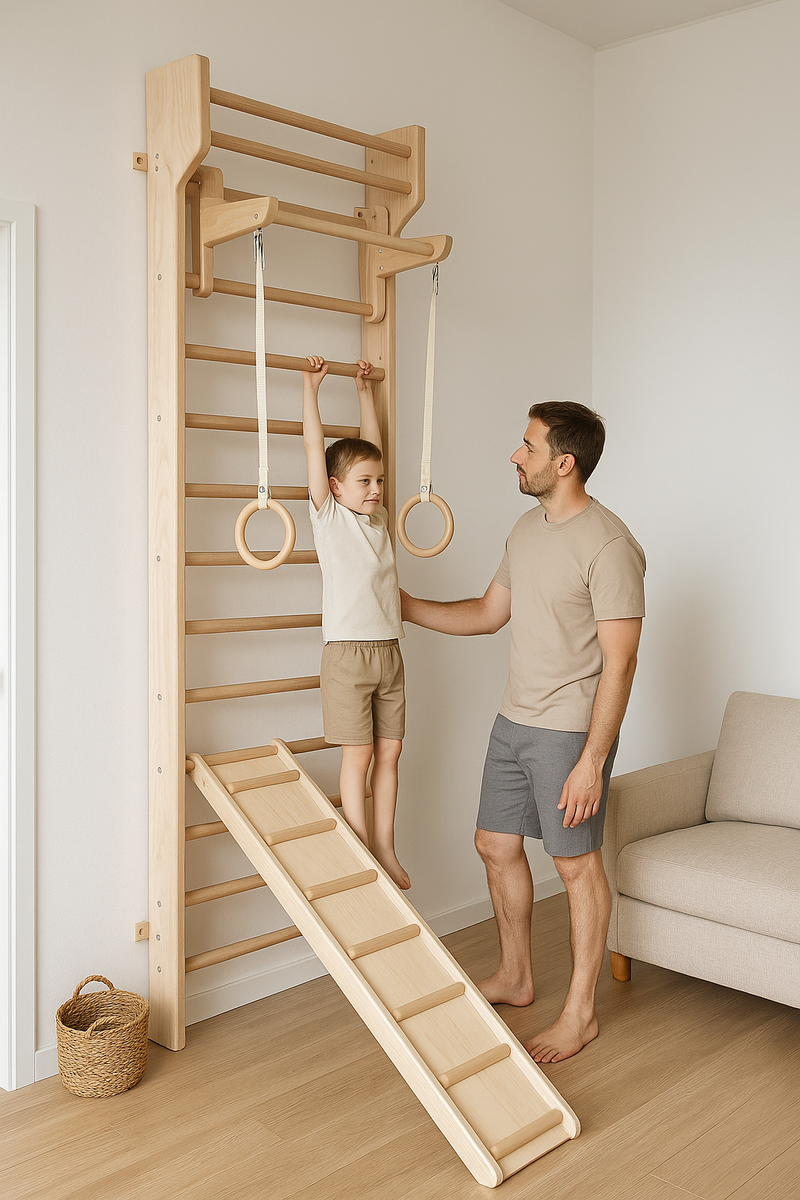
Introduction
Wooden toys have enjoyed great popularity for centuries – now more than ever. Many parents rely on wooden products to promote healthy development, safety, and environmental friendliness. In this article, we explore the benefits of wooden toys, what makes them stand out, whether they're a better choice, how sustainable they really are, what skills they promote, what to look for when buying, and which types of wood are particularly suitable.
At a glance: 5 advantages of wooden toys
Wooden toys offer numerous advantages:
-
Durability : Wood is robust, durable and often lasts for generations.
-
Safety : Free from harmful substances, it offers a safe option for children aged 3 and over.
-
Promotes creativity : Without buttons and electronics, it stimulates the imagination.
-
Sustainability : Wood comes from renewable sources and is biodegradable.
-
Aesthetics : The natural look and feel of wood creates a pleasant, warm atmosphere.
In addition, wooden toys provide important sensory stimulation. Children discover different textures and weights through grasping, feeling, and lifting—a valuable contribution to sensorimotor development.

What distinguishes wooden toys?
Wooden toys are made from natural raw materials and impress with their sturdy craftsmanship. Many products are handmade and therefore unique. The grain, weight, and scent of wood offer an intense sensory experience. Furthermore, wooden toys can be used across all ages: from stacking to creative construction.
Its simplicity is what makes wooden toys so special: they encourage children to think creatively and create their own play worlds – a valuable contribution to promoting imagination, independence and social interaction.
Sustainable production, pollutant-free materials and verified origins also make wooden toys a responsible choice for conscious parenting.
Are wooden toys always better?
Not necessarily—it depends on the intended use. Wooden toys are ideal for creative, motor, and sensory development. Plastic products may have an advantage when it comes to interactive or technical features. However, wooden toys are often superior in terms of durability, simplicity, and environmental aspects.
Even if it is sometimes more expensive and less flexible in terms of design, the investment is worthwhile in the long run – especially in the home, where quality and sustainability are paramount.
Are wooden toys sustainable?
Yes – as long as it's produced responsibly. Sustainable wooden toys come from certified sources (e.g., FSC), are manufactured without harmful chemicals, and are long-lasting. Many products are produced regionally, which also reduces CO₂ emissions.
Wood is also very easy to recycle or compost – unlike plastic, which requires complex disposal. This makes wooden toys an active contribution to environmental protection and resource conservation.
What can be promoted through wooden toys?
Wooden toys support a variety of skills:
-
Motor skills : Grasping, stacking, sorting promote fine motor skills and coordination.
-
Cognition : Problem-solving strategies, logic and spatial awareness are trained in a playful way.
-
Creativity : Clear shapes and open play possibilities stimulate imaginative thinking.
-
Social learning : Playing together promotes cooperation, communication and empathy.
-
Emotional intelligence : Role-playing helps in expressing and processing feelings.
-
Language development : Through storytelling and acting out, vocabulary is expanded and communication is strengthened.

What should you look for when buying?
-
Material quality : Solid wood from sustainable forestry (e.g. beech, maple, birch)
-
Processing : No sharp edges, no splinters
-
Surface treatment : Only natural oils or water-based varnishes
-
Age recommendation : Adapted to the motor and cognitive skills of children aged 3 years and over
-
Manufacturer transparency : reputable suppliers with clear information on origin and processing
An additional tip: Products made from regional wood are not only ecologically sound, but also particularly high-quality. They support short transport routes and local craft businesses.
Which type of wood for children’s toys?
The following types of wood have proven themselves:
-
Beech : Very robust, durable and insensitive
-
Maple : Smooth surface, particularly splinter-resistant
-
Birch : Light, stable and easy to work with
These local woods combine sustainability with safety and durability. Importantly, the wood is untreated or has been finished with natural products (e.g., linseed oil or beeswax).
Exotic woods such as teak or mahogany are unsuitable – not only because of the price, but also for ecological reasons.
Conclusion
Wooden toys are a valuable investment – for the child, for the family, and for the planet. They impress with their durability, educational value, and environmental friendliness. Those who pay attention to origin, materials, and craftsmanship when purchasing are making a conscious choice that can last for generations.
Wooden toys mean: meaningful play. Natural. Safe. Sustainable.
The product section on our website is intended for indoor use only.








